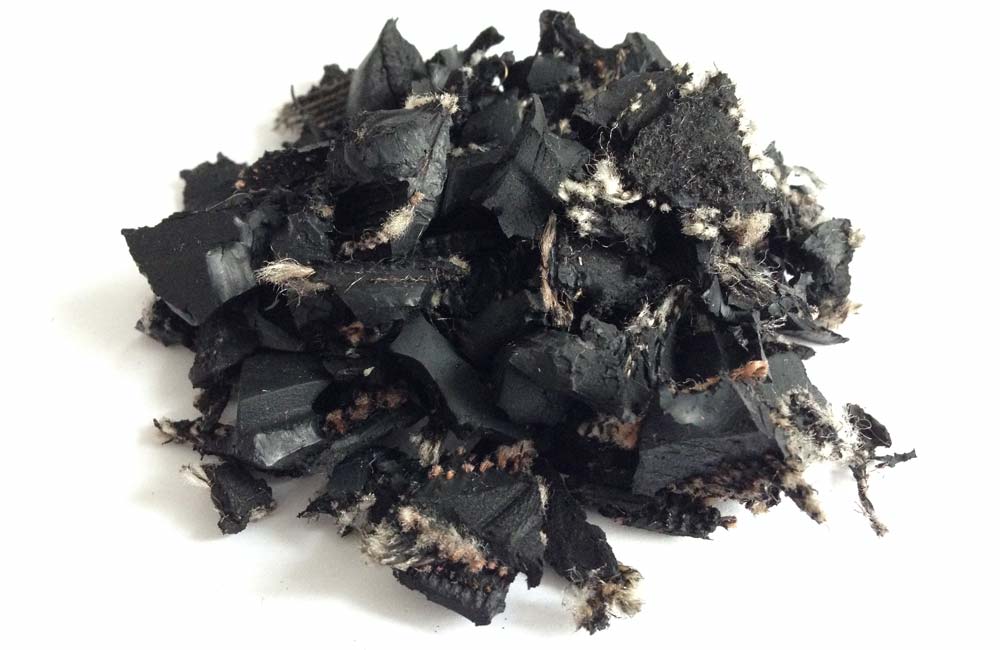The disposal of end-of-life tyres poses a significant environmental challenge. However, advancements in tyre pyrolysis have enabled the conversion of scrap tyres into valuable products such as Tyre Pyrolysis Oil (TPO) and Tyre-Derived Fuel (TDF). These two derivatives serve distinct purposes and cater to different industries, making it essential to understand their characteristics, applications, and comparative advantages.
Tyre Pyrolysis Oil (TPO)
TPO is a liquid hydrocarbon produced during the thermal decomposition of tyres under anaerobic conditions in a waste tyre pyrolysis plant. This versatile oil contains a mixture of hydrocarbons that can be refined further or used directly for specific purposes.
Characteristics
- Composition: TPO primarily consists of long-chain hydrocarbons, with traces of sulfur and other impurities depending on the feedstock.
- Energy Content: It exhibits a high calorific value, making it suitable for energy-intensive applications.
- Physical Properties: TPO has a viscosity and density comparable to heavy fuel oils, requiring specific handling protocols.
Applications
- Fuel Substitute: It is widely used in industrial boilers, furnaces, and kilns as a replacement for traditional fossil fuels.
- Feedstock for Refining: TPO can be processed further into diesel, gasoline, or other refined fuels.
- Chemical Industry: It is utilized as a raw material for producing solvents and other chemicals.
TPO’s adaptability across industries and its potential for refinement highlight its economic and environmental value.

Tyre-Derived Fuel (TDF)
TDF, on the other hand, is a solid fuel made by processing waste tyres into specific sizes for combustion. It is primarily used as an alternative energy source in various industries.
Characteristics
- Form: TDF is typically produced in shredded or chipped form, facilitating easy handling and combustion.
- Energy Content: With a calorific value similar to coal, TDF serves as an effective replacement in high-energy-demand industries.
- Environmental Aspects: Its combustion is relatively cleaner than coal, with reduced emissions of certain pollutants when properly managed.
Applications
- Cement Kilns: TDF is extensively used in cement manufacturing due to its high energy density.
- Power Plants: It serves as a supplemental fuel in coal-fired plants, reducing reliance on conventional fossil fuels.
- Pulp and Paper Mills: These industries utilize TDF for steam and energy production.
TDF’s contribution to waste reduction and its role as a sustainable energy source underline its industrial importance.

Key Differences
Form and Processing
TPO is a liquid byproduct, while TDF is a solid, processed material. Their production involves different steps within a tyre pyrolysis plant, with TPO being extracted from the pyrolysis vapor and TDF prepared by mechanical shredding or pyrolysis solid residue.
Energy Efficiency
TPO offers a higher energy efficiency due to its concentrated liquid form, which is easier to transport and store. TDF, although less efficient per unit weight, is preferred in industries with on-site combustion facilities.
Applications
The applications of TPO extend beyond fuel usage into chemical synthesis and refining. TDF, however, is limited to direct combustion in industries capable of handling solid fuels.
Environmental Considerations
TPO combustion can result in sulfur emissions unless adequately treated, whereas TDF, when burned in controlled environments like cement kilns, results in lower overall emissions compared to coal.
Choosing the Right Option
The decision between TPO and TDF depends on specific industrial requirements, logistical factors, and environmental considerations:
- For Versatility: TPO is ideal for applications requiring liquid fuels or chemical feedstocks.
- For On-Site Combustion: TDF is more suitable for facilities equipped with large-scale furnaces or kilns.
- Economic Factors: TDF involves lower production costs, while TPO offers higher value per unit due to its potential for refinement.
Conclusion
Both TPO and TDF play crucial roles in the sustainable management of tyre waste through tyre pyrolysis. While TPO offers greater versatility and refinement potential, TDF provides a cost-effective solution for industries reliant on solid fuels. Understanding the strengths and limitations of each product ensures that industries can maximize their energy recovery while contributing to environmental sustainability.





